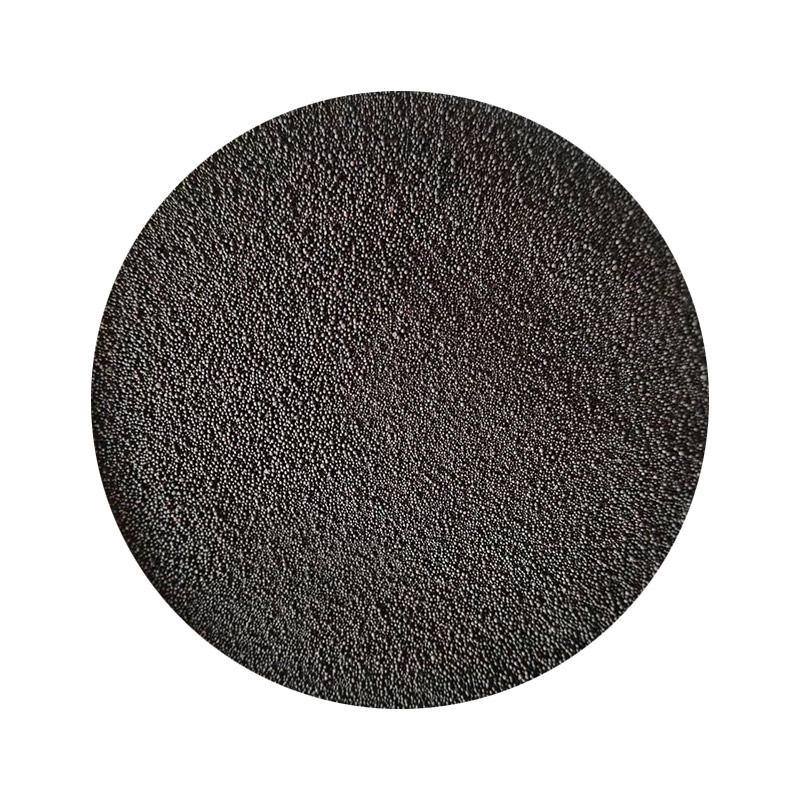

Solidification and cooling occur next, a period marked by patience and vigilance. The cooling process is meticulously timed to ensure the structural integrity of the casting. Advanced simulations and real-time monitoring systems have been integrated to predict shrinkage issues, which further delivers on the promise of reliability and accuracy in product dimensions. After cooling, the cast is broken out from the sand mold, a step known as shakeout. What follows is the finishing process where expertise becomes tangibly visible. Techniques like grinding, sandblasting, or machining remove excess material and refine surface finishes. It is during this stage that the finesse and skill of the craftsmen become evident, turning rough casts into polished, functional components. The final stage is quality control, an assertion of a manufacturing process’s trustworthiness. Products undergo rigorous inspections, employing advanced measurement tools and technologies such as 3D scanning and X-ray inspection to ensure conformity to exact specifications and client requirements. Foundries hold certifications and comply with global standards like ISO 9001, a testament to their commitment to quality and reliability. In positioning itself as a leader in manufacturing technologies, sand casting underscores a unique balance of age-old methodologies and modern technological advances. Its sustainability, through the recyclability of sand and metals, also aligns with eco-friendly initiatives, bolstering its relevance in contemporary industry dialogues. The sand casting manufacturing process stands as a paragon of craftsmanship and innovation. Companies across industries rely on its tried-and-tested methods to deliver high-quality metal components. Through precision in design, careful material selection, and rigorous quality controls, sand casting remains a cornerstone of manufacturing, offering authoritative and trustworthy results with each cast. Post time:Chw . 15, 2025 11:16
Next:sand casting ideas
